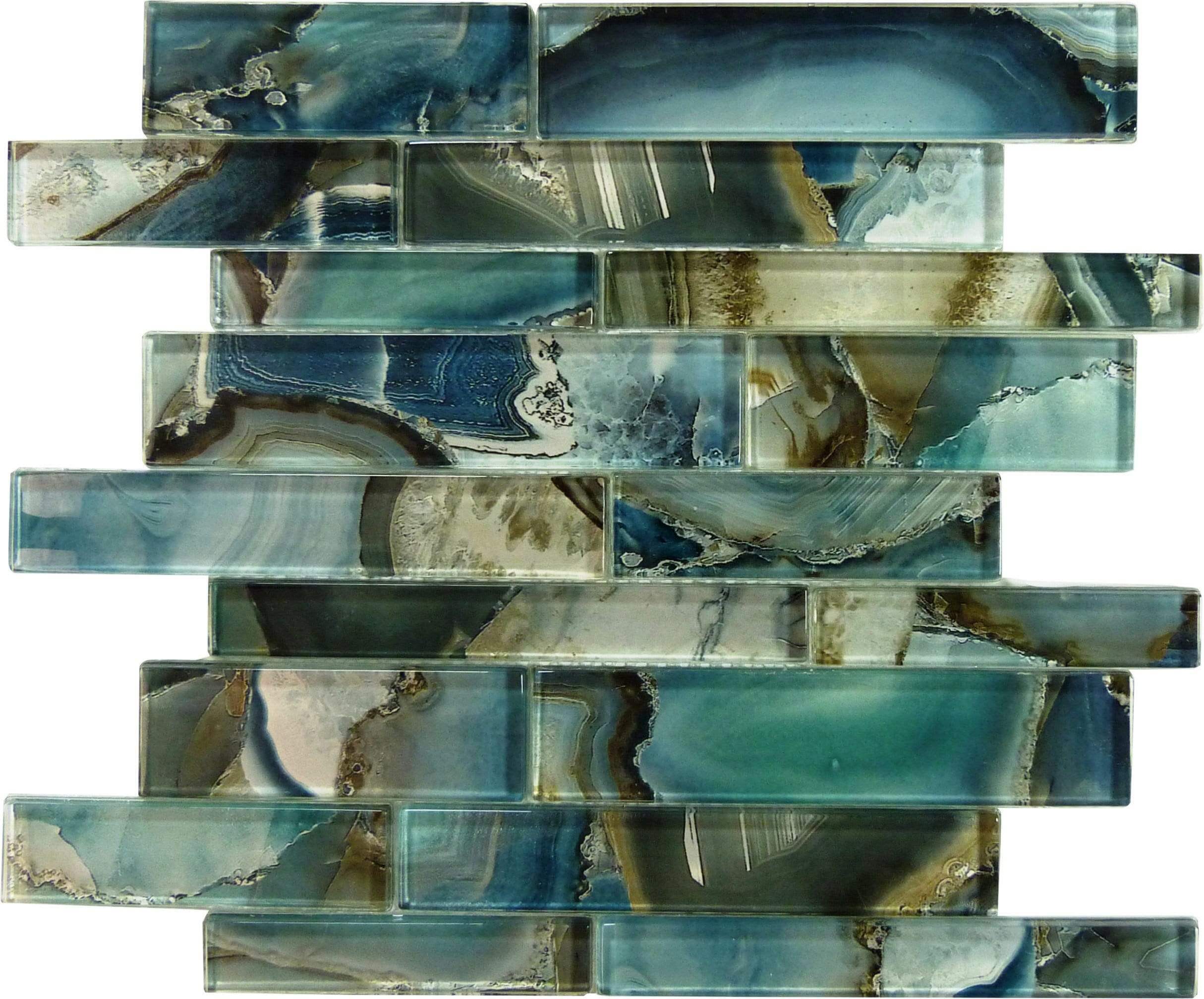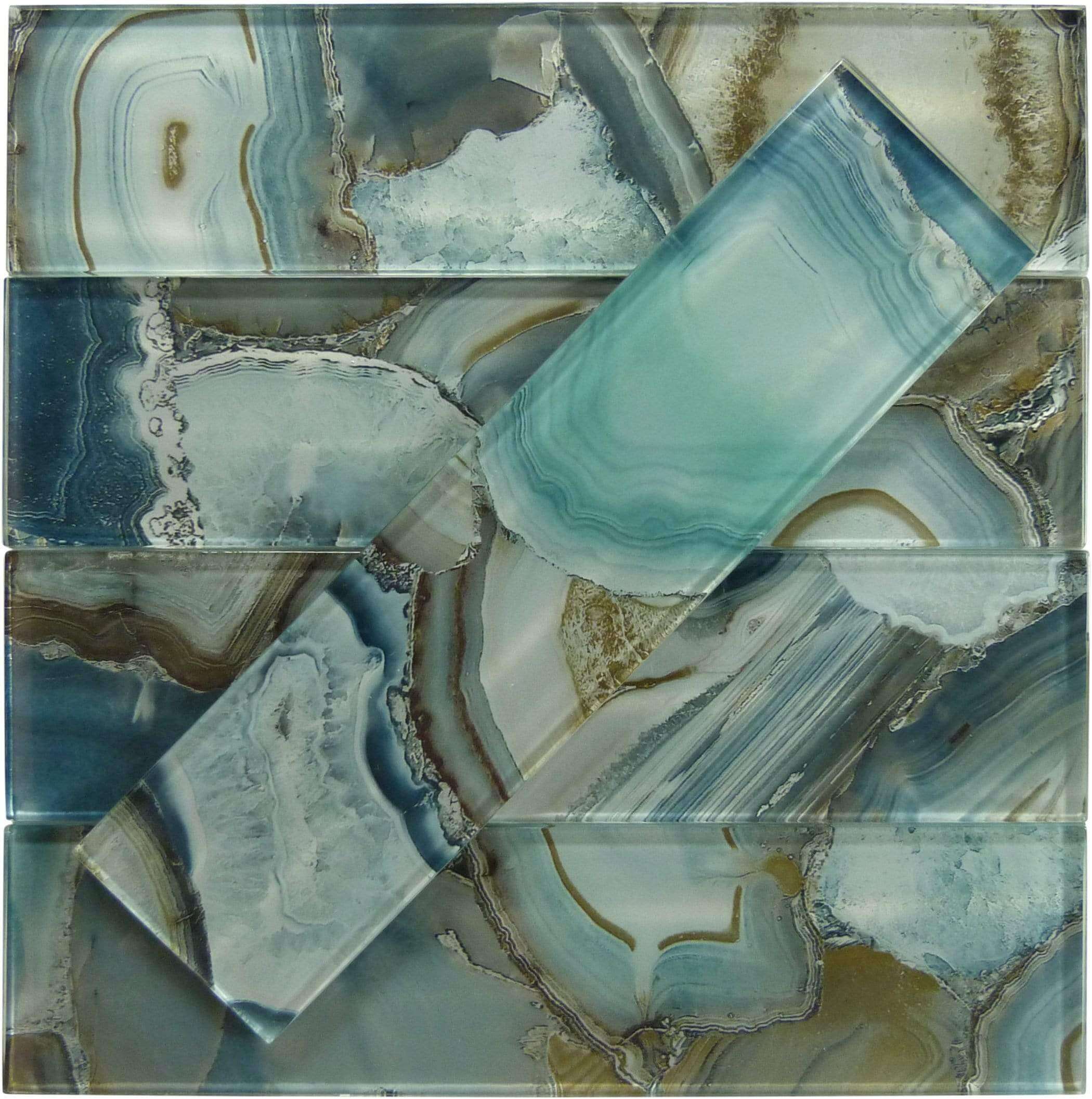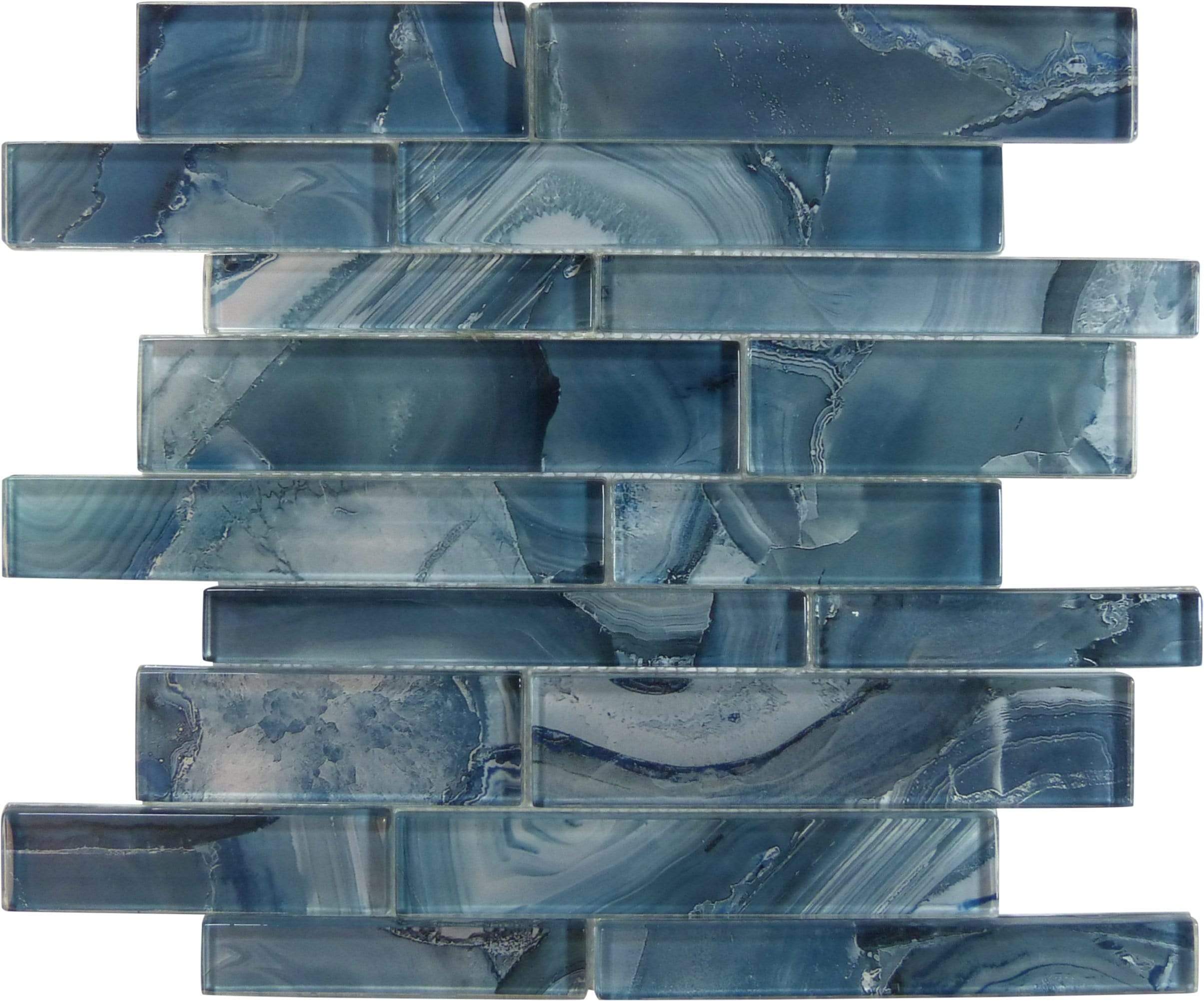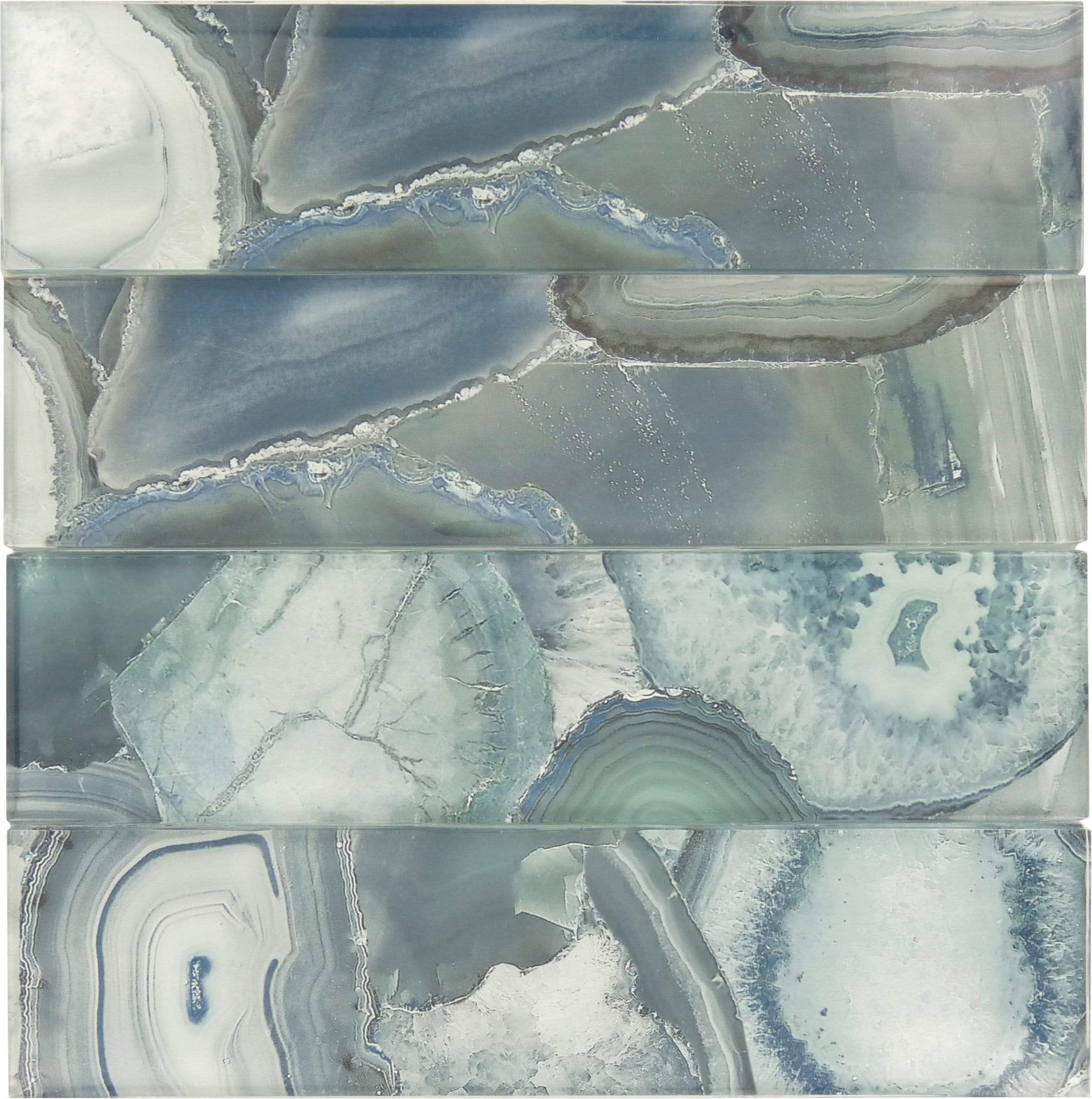Among the most classical and timeless styles, subway tile is important in history. Though the layout began as an industrial product for durable and waterproof wall coverings, it has since become one of homeowners' most loved looks today. In this guide, we'll show you why subway tile is so iconic, how to style it for a modern take on the classic look, and how you can make subway tile look great in your home for years.
What is Subway Tile?
Subway tile is a category of tile design characterized by large rectangular, brick-like layouts. It gets its name from the tiles commonly used to line the walls of the New York Subway System, which have the same look.
The History of Subway Tile
George C. Heins and Christopher Grant LaFarge are credited for designing the original 3″ x 6″ rectangle tiles used in New York's first subway station in 1904. Their functional style was born out of necessity – tiling an entire wall or floor was easier and cheaper. A single tile could be repeated across a surface, creating one large pattern. And because the tiles were so generic, they could fit any style of architecture while still being economical.
Although it's traditionally straight, long, and horizontal, subway tiles can also be vertical and even specially shaped. What makes something fit the definition comes down to bonds, or how tiles are stacked above and beside one another. Open any subway tile guide or style book, and you'll see its running bond is consistent across the board: a staggered, 50 percent from the course above and below, in a classic one-over-two pattern.
Unlimited Colors and Finishes
Today, subway tile is much more than just practical. Manufacturers design various unique products for all areas of the house, from the bathroom shower to kitchen backsplash. The litany of colors and finishes offers practically limitless possibilities for designing your home.
Browse Kitchen Backsplash Tiles
The most important thing to remember when choosing the color of your tile is to consider how you want the room to feel. Choosing the right color tile impacts the surrounding elements. Choose light green, teal, or blue tile if you want a more tranquil feel. If you want a sharp contrast, choose a dark-color tile that complements your existing décor.

Besides colors, subway tiles come in many different finishes. Glazes create tonal variations in the tile to highlight other aspects. For example, choose a glaze to highlight beveled edges. Another option is a crackle finish, creating an elegant look in your kitchen or bath. It's a good idea to order some glass tile samples to make sure the look fits perfectly with your space.
Grouting Subway Tiles
Grout is essential to keeping your subway tile in place and looking great long-term. But did you know you can choose the color of your grout? Many glass tile and porcelain tile colors mix elegantly with the four main tones of grout to choose from. Take some time to consider whether black, gray, off-white, or light blue will have the best effect on your DIY layout.
Black grout is great for creating a dramatic look — especially black grout with white tiles. Contrasting between matte and glossy glass tile finishes, this is sure to make a statement. Gray grout works best for natural earth tones and sandy shades. Off-white is perfect for creamy colors like whites, creams, and beiges. Light blue creates a fun beachy vibe when used with white tile.
Design Options for Subway Tiles
Beyond considerations like color, texture, material, and finish, you'll also need to consider how you'd like to orient your tiles. As we've already established, subway tiles generally have a simple look with a 50 percent offset running bond. But that's not the law. Bond, placement, angle - everything is up to you. The beauty of subway tile is that it's simple enough to lay out in many creative ways.
Take a look below for some creative DIY design options to consider.
Straight
The classic straight look is the simplest way to lay out subway tiles. Just stack them upon one another left to right. You can also go up and down! This less-common take is a great way to make your kitchen backsplash or shower unique without going overboard.
Herringbone
The herringbone pattern is a classic tile layout and it’s perfect for any room that needs an elegant touch. Subway tiles look particularly great in this style, especially when laid out in a more traditional color like white or cream.
Running Bond
This is the classic vernacular for the iconic subway tile look. It’s a staggered layout: each row of tiles will start with a half-tile offset from the row above or below it. You can go 50/50, 75/25, or even 90/10 with the offset, depending on how much of a pattern you want to create.

Subway Tile Installation: DIY or Not?
Are you planning to hire a professional to install your subway tile or go the DIY route? Both are reasonable options, although it's important to put some thought into the final choice.
If this is your first time installing tile, we recommend hiring an installer. Tiling is a messy job that takes a lot of patience. Creating complex cuts and tricky angles also involves using several special tools. If you're missing either of those things, you're likely to waste a lot of time and subway tiles. Professional help is an easy way to prevent headaches down the road while ensuring your subway tile project achieves its full potential.
Maintaining Your New Tiles
Once your subway tile project is finished, you will want it to last for as long as possible. You can take steps beforehand to ensure no bumps, warps, or old adhesive beneath the final installation.
It's best to lay the tiles using a horizontal level and a vertical plumb line as a guide. Tiles or tile corners should not pop up off the surface. When your tile meets another surface, make sure to caulk the area with mold-inhibiting caulk to protect the tile and the backing. Also, keep the joints uniform by measuring how many subway tiles are needed to cover the walls, whether vertically or horizontally.

Clean your tiles regularly with a mild, nonabrasive soap. If you used a crackle finish, you might need to seal it periodically to keep out dirt and water. If your caulk looks old, grubby, or moldy, it is time to recaulk the area.
Find the Perfect Subway Tile Today
Subway tile is arguably the best way to upgrade your bathroom floors, or give any other surface of your bathroom an update on a budget. Its simplicity works well for any space and can be incorporated into a range of bathroom remodeling ideas. It's also an awesome pick to consider when buying kitchen backsplash, with the layout's functionality being great for cooking and cleaning.
We've only scratched the surface of what's possible with subway tiles. From adding texture to your walls or floors to creating an eye-catching installation with mosaic tile patterns – the sky's the limit. Start exploring Oasis Tile's selection of subway tiles today.


























